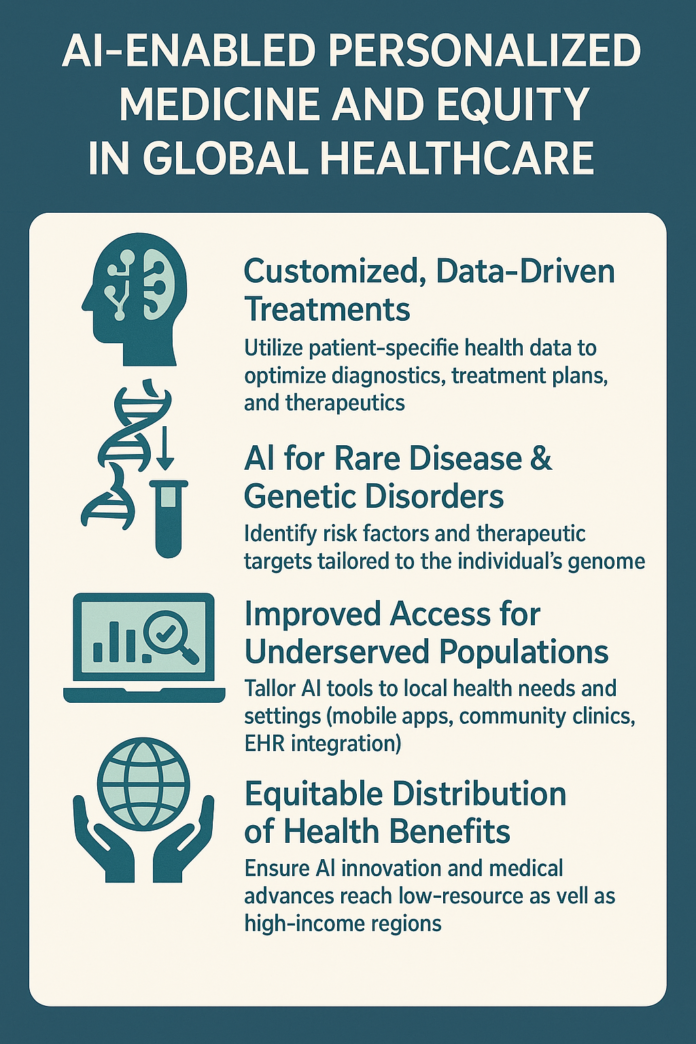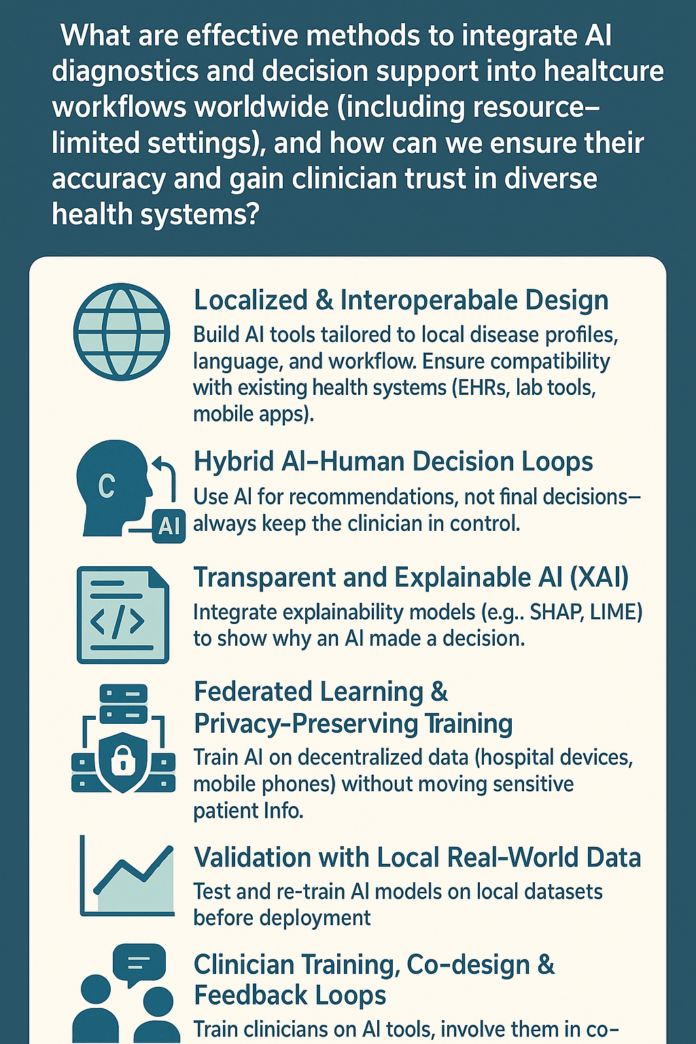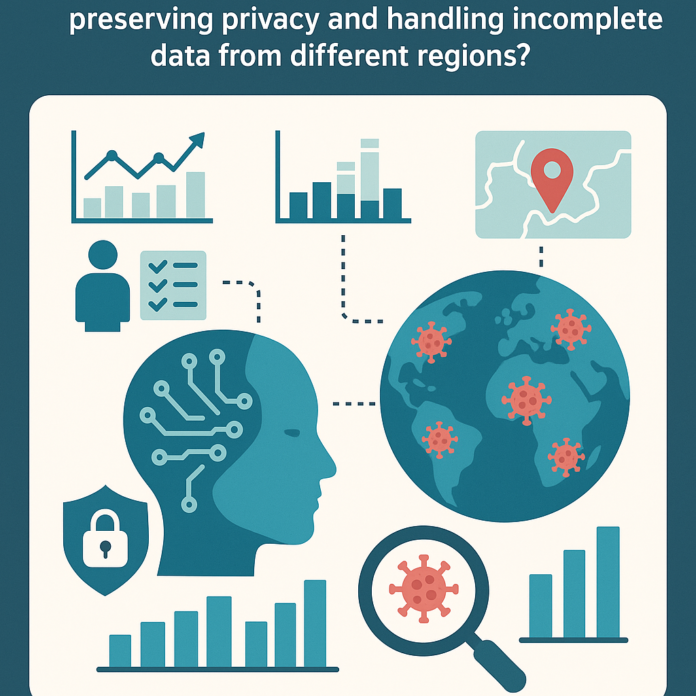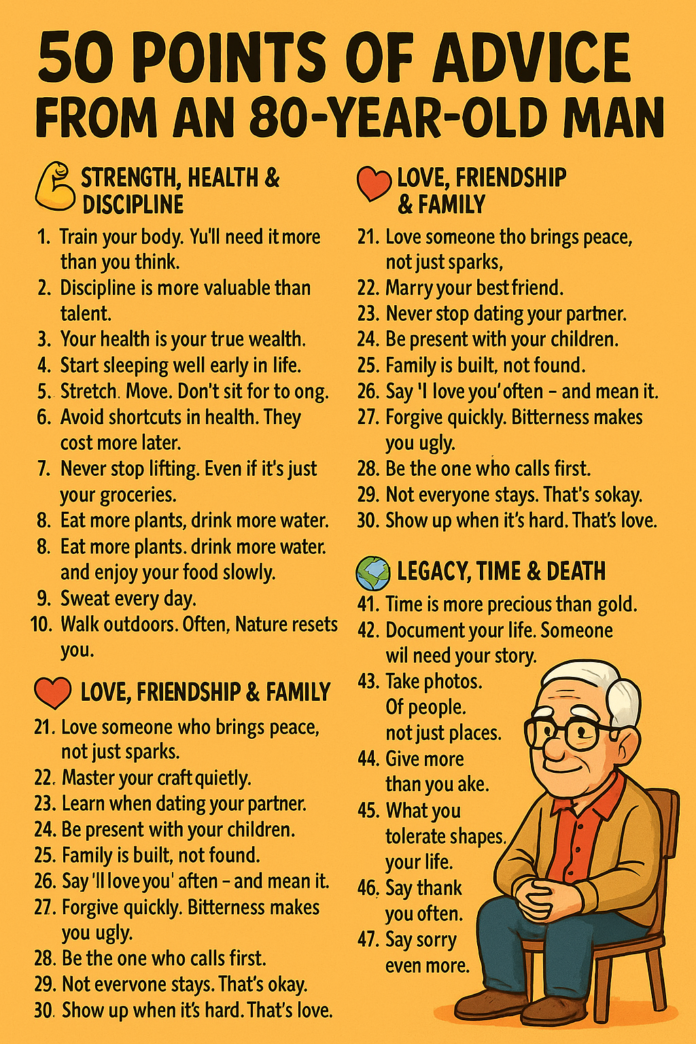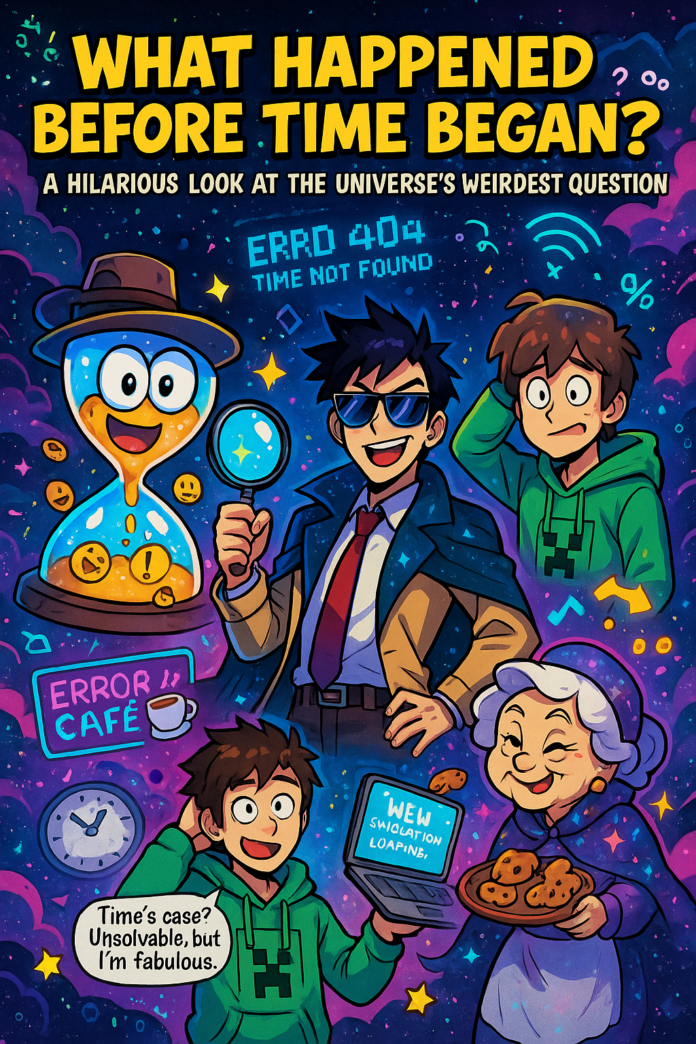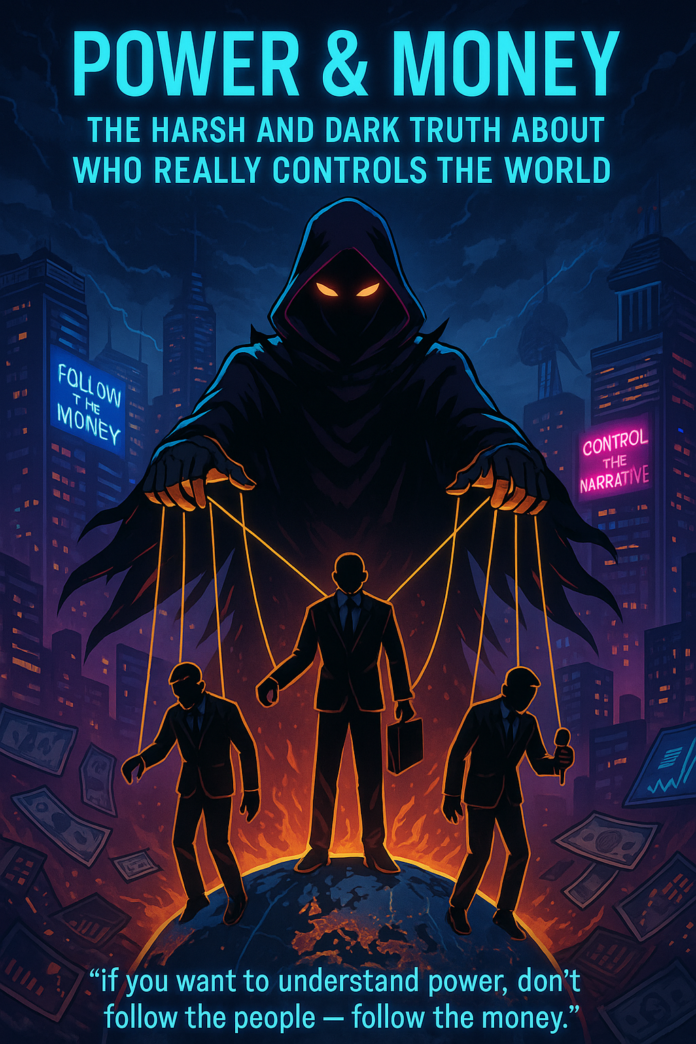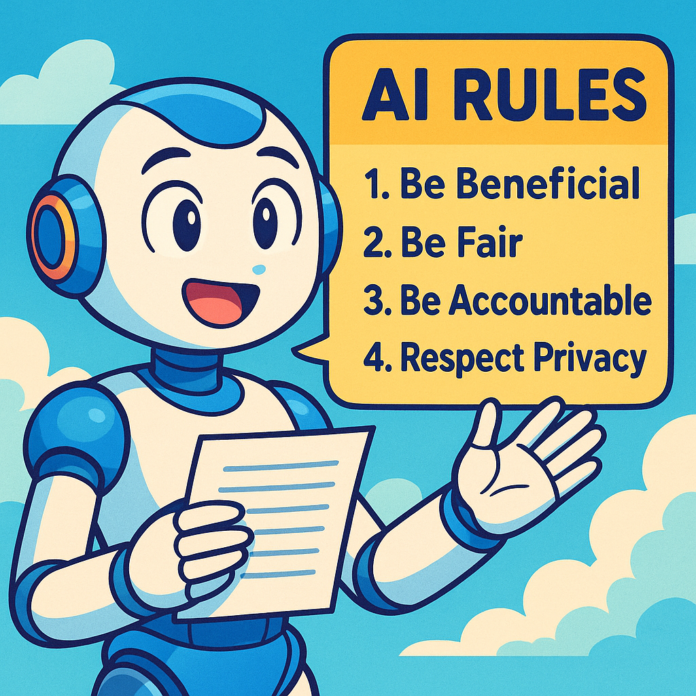A lifetime distilled into words — not just advice, but meaning. Each point is shared like a conversation between generations. Take what you need. Live like it matters.
💪 Part 1: Strength, Health & Discipline
1. Train your body like you’ll need it at 80 — because you will.
When you’re young, strength is for looks. When you’re old, it’s for survival. 📌 Example: Do squats now so you can sit and stand without help later.
2. Discipline beats motivation every time.
Motivation is a mood. Discipline is a decision. 📌 Example: Even when I didn’t feel like exercising, I did it. That’s why I’m still walking today.
3. Sleep like your future depends on it — it does.
Chronic lack of sleep is like slowly poisoning your mind. 📌 Example: I fixed my sleep at 45. It gave me another 30 years of clarity.
4. Eat less sugar. Your joints and brain will thank you.
Sugar gives you pleasure now and pain later. 📌 Example: Cutting out soda reduced my back pain.
5. Stretch daily. Flexibility is youth.
If you can’t touch your toes at 30, you’ll struggle to tie your shoes at 60. 📌 Example: 10 minutes of yoga saved me from a hip surgery.
6. Get strong, not just lean.
Muscle is medicine. Frailty is a choice — most times. 📌 Example: I outlived my friends because I outlifted them.
7. Hydrate like your brain depends on it. It does.
Dehydration makes you dumb, angry, and tired. 📌 Example: A glass of water solved more headaches than any pill.
8. Breathe deeply. Stress lives in shallow breaths.
Your breath is your anchor. Use it. 📌 Example: 3 minutes of slow breathing helped me survive grief.
9. Walk every day. It’s a miracle drug.
It clears your mind, strengthens your heart, and feeds your soul. 📌 Example: A 30-minute walk daily saved me from depression at 60.
10. Rest without guilt. Overwork is not noble. It’s destructive.
You’re not a machine. Even machines shut down. 📌 Example: I learned too late that ‘hustle’ without rest led to burnout.
💼 Part 2: Work, Wealth & Worth
11. Choose meaningful work over high-paying misery.
Money makes you rich. Meaning makes you whole. 📌 Example: I left a six-figure job to build something that made me proud.
12. Save before you spend. Even when it hurts.
Your future deserves a portion of your present. 📌 Example: Saving 10% every month gave me peace during hard times.
13. Debt is a modern form of slavery. Avoid it.
Freedom is better than fast fashion or a bigger car. 📌 Example: I drove the same car for 15 years — and retired early.
14. Invest early, invest wisely, and never stop learning.
Compound interest is quiet, patient magic. 📌 Example: $100 a month at 25 became six figures by 50.
15. Ask for what you’re worth. Don’t wait to be offered.
Closed mouths don’t get fed. 📌 Example: I doubled my salary with one well-prepared conversation.
16. Your name is your most valuable asset. Protect it.
Reputation is slow to earn and quick to lose. 📌 Example: I walked away from shady deals. I never regretted it.
17. Work hard, but not at the cost of your health or family.
You can be replaced at work. Not at home. 📌 Example: I missed my daughter’s recital once. Never again.
18. Skills beat degrees in the long run.
Learn how to think, speak, build, and fix. 📌 Example: My handyman skills saved me thousands over decades.
19. Spend money on memories, not just stuff.
No one inherits your phone collection. But they’ll remember that trip. 📌 Example: That road trip with my son? Worth more than any watch.
20. Retire to something, not from something.
Purpose doesn’t retire. 📌 Example: I began teaching woodworking after retiring from corporate life.
❤️ Part 3: Love, Family & Connection
21. Marry your best friend, not your crush.
At 80, love looks like laughter, not lust. 📌 Example: We laughed through cancer, grief, and old age — because we were friends first.
22. Date someone who brings peace, not drama.
Butterflies fade. Stability stays. 📌 Example: My second marriage was calm — and it healed me.
23. Be present. Your attention is the most valuable gift.
Put the phone down. Be there. 📌 Example: My granddaughter still talks about the one day I listened for hours.
24. Say “I love you” — and mean it.
Don’t wait for funerals to express love. 📌 Example: My brother died suddenly. I hadn’t said it in years. I carry that.
25. Forgive often. Not because they deserve it — but because you do.
Bitterness is a cage. 📌 Example: I let go of a 20-year grudge. I slept better that night.
26. Celebrate little things. Big joy lives in small moments.
Anniversaries, victories, Tuesdays. Celebrate them. 📌 Example: We had cake every month for “just because.” It became our tradition.
27. Be the first to say sorry. It’s strength, not weakness.
Ego kills more love than betrayal. 📌 Example: I saved my marriage by apologizing first.
28. Hug your kids every chance you get. One day they’ll be too big.
And then they’ll hug you back when you’re small. 📌 Example: My son still hugs me like he’s five. He’s thirty-two.
29. Listen more than you advise.
Sometimes silence is the most supportive sound. 📌 Example: I stopped fixing my daughter’s problems and just listened. Our bond deepened.
30. Time is love. Spend it accordingly.
Love isn’t found. It’s built. 📌 Example: Sunday dinners kept our family together.
🧠 Part 4: Mindset, Peace & Perspective
31. Be alone without being lonely.
Solitude teaches you who you really are. 📌 Example: I walked beaches alone at 55 and found answers I never had time to hear.
32. Comparison is a silent killer. Stop it.
Someone will always have more. So what? 📌 Example: I stopped chasing others’ lives. I began building mine.
33. Worry less. Most things don’t matter in a year.
Time reveals what’s noise and what’s real. 📌 Example: That job I lost felt like the end. It was the beginning.
34. Laugh at yourself. It softens life’s blows.
You’re not perfect — thank God. 📌 Example: I tripped on stage once and laughed louder than the crowd.
35. Learn new things. Curiosity keeps the soul young.
Stagnation is death. 📌 Example: I learned to paint at 68. I sold my first piece at 71.
36. Slow down. Fast isn’t always better.
Hustle steals beauty from the moment. 📌 Example: I started eating slower. I started living slower. I noticed more.
37. Speak less, mean more.
Power lives in words. Don’t waste them. 📌 Example: A quiet “I’m proud of you” changed my son’s life.
38. Embrace silence. It holds answers noise never will.
Stillness is sacred. 📌 Example: Morning silence gave me more clarity than any podcast ever did.
39. Read. It’s time travel for the soul.
Books are borrowed lives. 📌 Example: One book at 42 changed the next 40 years of my life.
40. Gratitude rewires the mind.
You can’t feel fear and thankfulness at the same time. 📌 Example: I wrote three things I was grateful for each night. My depression lifted.
🌱 Part 5: Legacy, Death & Meaning
41. Time is your most valuable currency. Spend it wisely.
Don’t waste it proving things to people who don’t matter. 📌 Example: I stopped impressing clients and started investing in my kids.
42. Document your life. Someone will need your story.
Your lessons outlive you. 📌 Example: My journals became my grandson’s favourite book.
43. Live like your great-grandkids are watching.
Because one day, they will. 📌 Example: My values shaped my legacy more than my possessions.
44. Be remembered for how you made people feel.
Impact beats success. 📌 Example: My funeral was filled with laughter, not résumés.
45. Teach what you’ve learned. Don’t die full.
Pass the torch. 📌 Example: I mentored four kids in my old age. One became a doctor.
46. Don’t be afraid to die. Be afraid to never live.
Living small is the real death. 📌 Example: I booked a trip at 78. Best decision I ever made.
47. Leave a legacy of love, not regret.
Say the things. Hug the people. Write the letters. 📌 Example: My handwritten note was read at my daughter’s wedding.
48. Say goodbye well. Endings matter.
Exit with grace, not noise. 📌 Example: I left my last job with gratitude — not resentment.
49. Live simply, love deeply, and leave quietly.
Let your life echo through kindness. 📌 Example: I lived in a small home. But my life was anything but small.
50. You won’t be remembered for what you had — but for who you were.
So be good. 📌 Example: They remember how I made them feel safe, not what I wore.
“This list isn’t perfect. But then again, neither is life. That’s what makes it beautiful.” – An 80-Year-Old Man
